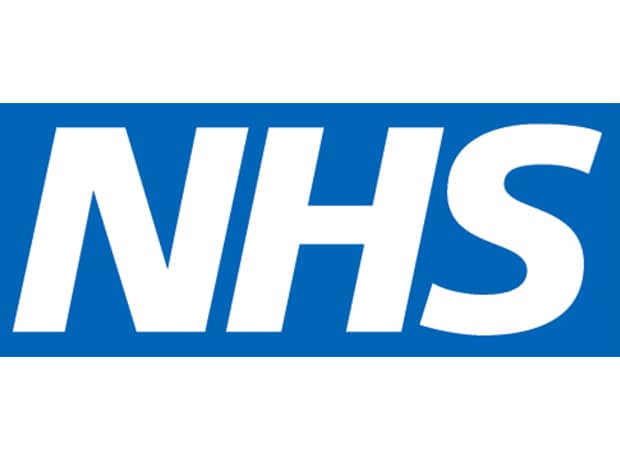The latest NHS performance statistics have shown that despite improving figures, A&E admittances are continuing to rise and cancer patients are still waiting too long for treatment.
The NHS is still hoping to improve figures and “looking forward to seeing the Long Term Plan bear fruit”, whilst waiting to see the “new workforce implementation strategy once it is published later this year”.
More people received the support they needed to avoid a longer stay in hospital, bed occupancy rates were lower, and hospitals delivered over three million planned operations and treatments, without the need for national cancellation of routine care.
Impressively, ambulance response times hit target for the first time ever, making a time of 7 minutes and 0 seconds for Category C1 responses.
179,523 people were seen following an urgent referral for suspected cancer in February 2019, of which 93.4% were seen within two weeks, beating the 93% operational standard. However, just 76.1% of patients received a first definitive treatment within 62 days, falling short of the 85% standard.
Mental health treatment is also improving, as 74.5% of patients started psychosis treatment within two weeks, well above the 53% standard and beating previous months’ statistics.
Nick Ville, director of policy at the NHS Confederation, said of the latest statistics: “Levels of demand on the health service are showing no signs of slowing down, which inevitably places even more strain on an already overstretched system.
“NHS trusts, hospitals and local services are doing all they can for our patients, and our talented and dedicated workforce continue to perform admirably. However, we are seeing more increases in A&E attendances both year-on-year and month-on-month, at a time when we are in the throes of a severe workforce shortage and funding is limited.”
He also spoke of the pressure levels, saying that they are “reflected in the fact that targets for 18-week maximum waiting times for referral for treatment are not being met, which suggests capacity for care must be increased across the board.
“Meanwhile, it was reassuring to see that ambulance trusts met an average response time target for the first time. Their hard work and success is highly commendable.”










